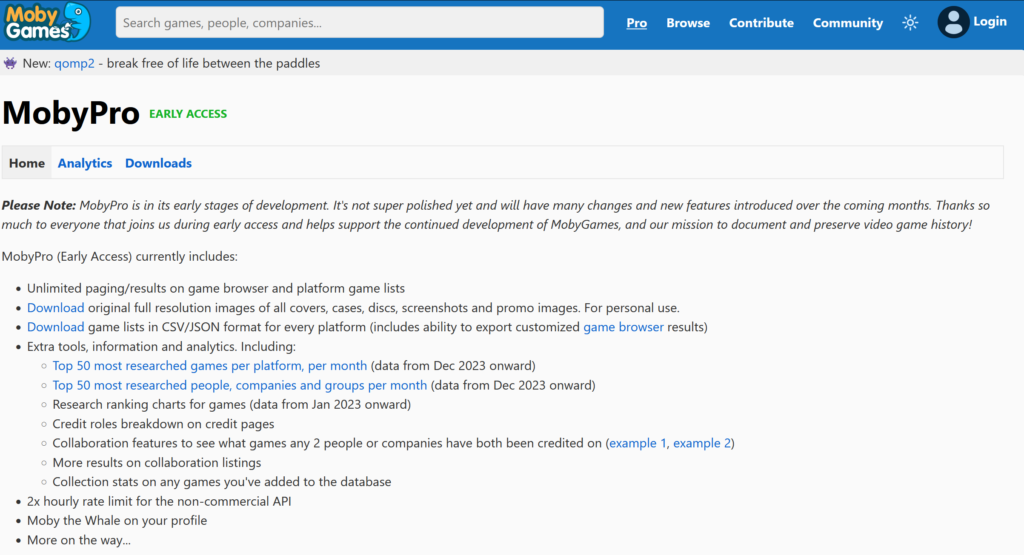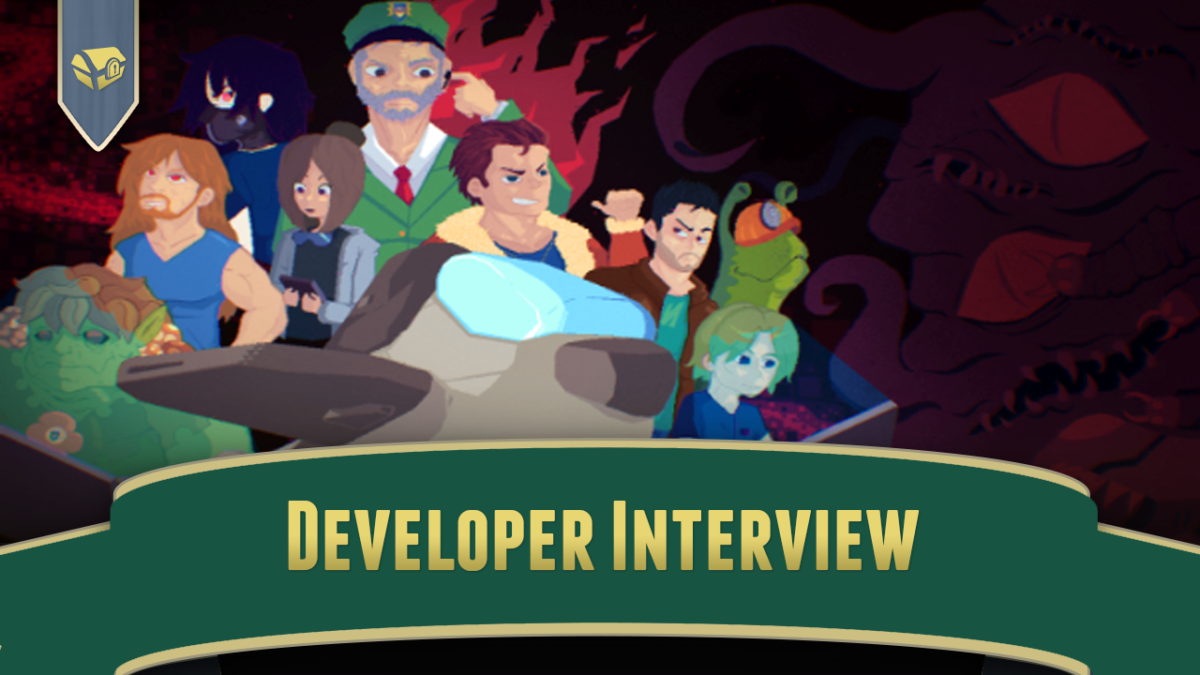
Sundry Sunday is our weekly feature of fun gaming culture finds and videos, from across the years and even decades.
This one comes from a fairly deep subculture that I can’t completely explain here, partly because I don’t understand it all myself. I feel like there is something in the origin of creator/website/video maker/memester/online shop itemLabel, some necessary context, that I don’t yet know. But they make fun videos, one of them intrudes upon our territory, and I need something for today’s post. Full steam ahead!
Here is what I can tell you. Peepy is a heavily memeable plush toy, that its makers insist, probably for safety and legal reasons, is a piece of art not a plush toy. It looks kind of like a fluffy peanut with googly eyes and a round beak. Like this:

There are a variety of style of Peepys (Peepies?). Peepy is one of a number of character toys artworks sold by itemLabel that are kind of friends to each other? Or not? The videos seem to indicate that they are part of a shared universe, but don’t actually create much of a shared lore. Explanations I’ve seen say that they’re written to suggest a shared lore without there actually being one, in a sense that people familiar with the Cthulhu Mythos will immediately understand: any solid connections are left for the viewer to invent.
Peepy and acquaintances are the subject of posts on itemLabel’s Youtube account, TikTok account, Instagram account, and Twitter account (link purposely omitted). The only two solid things we know about Peepy’s place, within the greater Peepiverse, are that Peepy loves to eat peanuts (makes sense, they are what they eat) and to commit crimes (wait what?). Its description on the characters page of itemLabel’s website reads: “A peepy thrives in the shadows, using its wit to stun enemies. Its ability to steal may surprise you. It loves peanuts and will commit any heinous act to get them.” This description belongs to a creature that, I remind you, looks like this:

But let’s set all of this aside and concern ourselves with the burning question: how does one care for a Peepy? To our rescue comes Professor Item! Professor Item tells us about Peepy’s habits and feeding through a video where he lives in what seems to be a portable gaming system like a Nintendo DS. In fact, he looks a fair bit like a 3D version of the Professor from the cult classic game Contact by Grasshopper Interactive, and has a similar kind of personality.
Without further ado, here is Professor Item to explain how Peepies are to be provided for:
Don’t have enough Peepy in your life? It’s not game-related, but let’s relax the rules slightly this once. Here is their theme song, written and sung by Japanese musician Emamouse:
And here is the incredibly trippy animation Peepy’s Secret, which features several other of itemLabel’s characters. If you can understand the words you have better ears than me.




